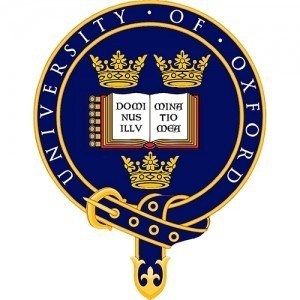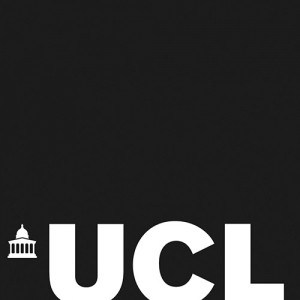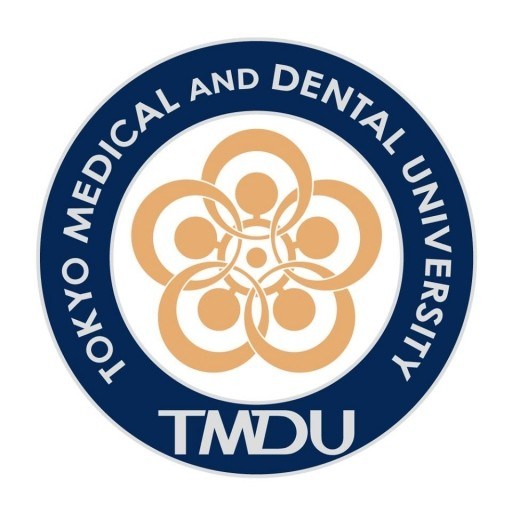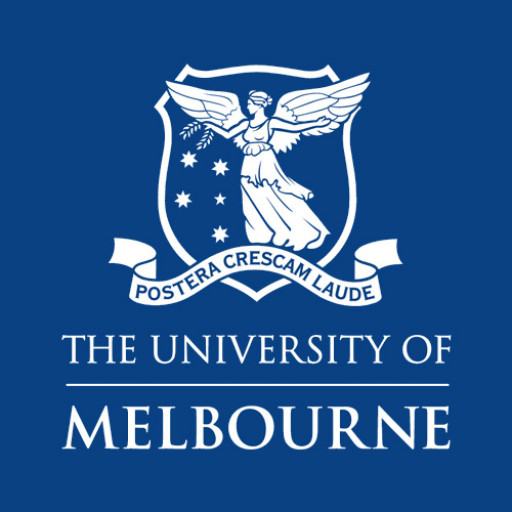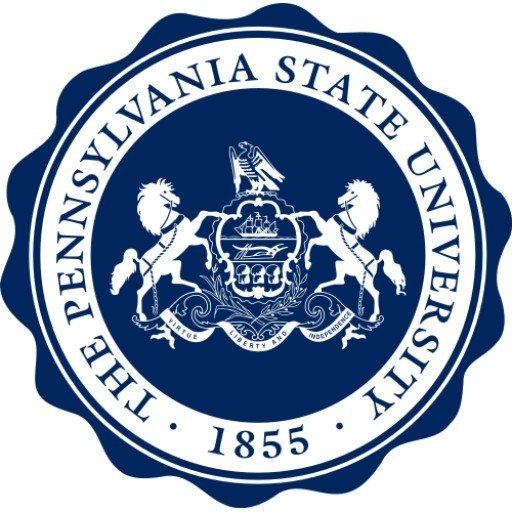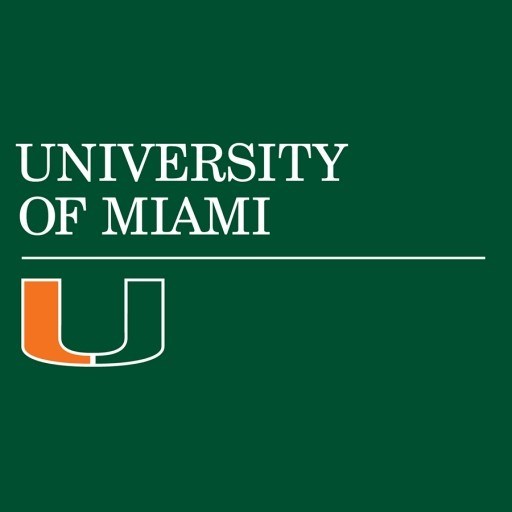Photos of university / #oxford_uni
The MSc in Biomedical Imaging at the University of Oxford offers a comprehensive postgraduate education in the field of medical imaging science. This program is designed for students interested in developing advanced knowledge and practical skills in cutting-edge imaging technologies used in biomedical research and clinical practice. Throughout the course, students explore a wide range of imaging modalities, including magnetic resonance imaging (MRI), computed tomography (CT), ultrasound, optical imaging, and molecular imaging techniques. The program combines rigorous scientific training with opportunities to engage in hands-on laboratory work, clinical applications, and research projects. Students will learn about the principles of image acquisition, processing, analysis, and interpretation, as well as the underlying biological and physical principles. The curriculum emphasizes multidisciplinary integration, bridging physics, engineering, biology, and medicine to foster a deep understanding of how imaging techniques can be utilized for diagnosis, treatment planning, and biomedical research. Students also gain experience in the latest technological developments and innovations in biomedical imaging, preparing them for careers in academia, industry, or healthcare. The program is delivered through a combination of lectures, seminars, practical sessions, and independent research, guided by experts in the field from the Department of Physics, Medicine, and related departments. Collaborative research projects and internships are encouraged to enhance practical experience and professional development. Graduates of this MSc program will be equipped with the necessary skills to contribute to advancements in biomedical imaging technology, improve diagnostic tools, and participate in translational research that enhances patient care. Applicants with a scientific background and an interest in biomedical applications are encouraged to apply, with a focus on fostering interdisciplinary collaboration and innovation in medical imaging sciences.
This four-year programme of research and training has strong industrial support and is highly multi-disciplinary, enabling students from a wide range of quantitative scientific backgrounds to focus on areas of research which include:
- light microscopy, eg microscope development, live cell imaging, biomedical applications;
- medical imaging, eg MRI, ultrasound, magnetoencephalography, positron emission topography; and
- image analysis, eg machine learning, image-based biological and physiological modelling.
A major advantage of the programme is that you are not required to choose the substantive DPhil project until after the initial taught training phase, allowing a more informed choice of research project to be made.
The first seven months of the course are devoted to acquiring advanced theoretical and technical skills that form the backbone of biomedical imaging, drawing from the engineering, mathematical, physical, chemical and biological sciences through a combination of intensive lecture courses and project work. Each taught module lasts for either one, two or three weeks and is assessed using a method appropriate to the course, for example, presentations, group assignments or assessed written work. This will be complemented with relevant research and communication skills training throughout the four years of the programme.
After completion of the taught training phase, two exploratory research projects of ten weeks duration each are undertaken, at least one of which will be in the institution to which you are admitted (Oxford or Nottingham). The DPhil project then follows, also based primarily in the host institution.
All projects are designed to encourage interdisciplinary research and, ideally, students undertake short projects in different, complementary areas of biomedical imaging.
Applicants are normally expected to be predicted or have achieved a first-class or strong upper second-class undergraduate degree with honours (or equivalent international qualifications), as a minimum, in physical sciences (ie chemistry, computer science, engineering, mathematics or physics) or life sciences with strong mathematical skills.
For applicants with a degree from the USA, the minimum GPA sought is 3.5 out of 4.0.
However, entrance is very competitive and most successful applicants have, or are on track to obtain, a first-class degree, a GPA of 3.7 or the equivalent.
If you hold non-UK qualifications and wish to check how your qualifications match these requirements, you can contact the National Recognition Information Centre for the United Kingdom (UK NARIC).
No Graduate Record Examination (GRE) or GMAT scores are sought.
- Official transcript(s)
- CV/résumé
- Statement of purpose:Up to 1,000 words
- References/letters of recommendation: Three overall, all of which must be academic
ENGLISH LANGUAGE REQUIREMENTS
Higher level
|
est |
Standard level scores |
Higher level scores |
||
|
IELTS Academic |
7.0 | Minimum 6.5 per component | 7.5 | Minimum 7.0 per component |
|
TOEFL iBT |
100 |
Minimum component scores:
|
110 |
Minimum component scores:
|
| Cambridge Certificate of Proficiency in English (CPE) | 185 |
Minimum 176 per component |
191 |
Minimum 185 per component |
| Cambridge Certificate of Advanced English (CAE) | 185 |
Minimum 176 per component |
191 |
Minimum 185 per component |
The University of Oxford offers various funding opportunities for students enrolled in the Biomedical Imaging graduate programs. These funding options aim to support students financially throughout their studies and include a combination of scholarships, bursaries, grants, and loans. Many of the funding sources are merit-based, awarded on academic excellence, research potential, and specific eligibility criteria. Students are encouraged to explore external funding options such as government scholarships, research council grants, and charitable trusts, which are often compatible with Oxford programs. The university's own scholarship schemes include departmental awards, which may cover partial or full tuition fees, sometimes complemented by maintenance stipends to assist with living costs. For students from the UK, the UK Government provides loans and grants through the Student Finance system, which can be used to cover tuition and living expenses. International students are often eligible for specific scholarships designed to attract outstanding candidates from abroad, including the Clarendon Fund and other university-wide awards. Additionally, students involved in research projects may have access to funding for research expenses, conference attendance, and travel costs. It is recommended that applicants check the individual department and faculty pages for the most current information on available funding packages and application procedures. The university also provides financial guidance and support services to help students identify and apply for suitable funding sources. Overall, the funding landscape at Oxford for Biomedical Imaging students is diverse, reflecting the university's commitment to supporting talented individuals in their pursuit of academic and research excellence.
The MSc in Biomedical Imaging at the University of Oxford is a comprehensive program designed to equip students with advanced knowledge and skills in the field of medical imaging and its applications in healthcare and research. This program combines training in the physical principles of imaging techniques, such as MRI, CT, ultrasound, and optical imaging, with practical skills in image analysis and data interpretation. Students will also explore the latest developments in biomedical imaging technology, including image acquisition, processing, and visualization methods, as well as the integration of imaging data with other biomedical information. The course is aimed at graduates in science, engineering, or medicine who wish to pursue careers in academia, industry, or clinical research related to medical imaging and diagnostics.
Throughout the programme, students benefit from teaching by leading experts in the field and have access to state-of-the-art imaging laboratories and facilities. The curriculum includes a mixture of lectures, practical sessions, and research projects, providing a balanced approach to theoretical understanding and hands-on experience. A key feature of the MSc is the research component, which involves working on an independent project that contributes to current scientific investigations in biomedical imaging. This project enables students to develop their research skills, undertake original work, and prepare for careers in research or further study, such as a PhD.
The program emphasizes interdisciplinary collaboration, encouraging students to work alongside clinicians, physicists, bioengineers, and computer scientists. This collaborative environment fosters innovation and broadens perspectives on how biomedical imaging techniques can be applied to solve real-world medical problems. The MSc in Biomedical Imaging also explores ethical considerations, regulatory issues, and the translational pathway from research development to clinical application. Upon completion, graduates emerge with a deep understanding of the fundamental concepts, technological developments, and clinical relevance of biomedical imaging, along with practical skills to analyze complex imaging data.
The course duration is typically one year full-time, with options for part-time study in some cases. Applicants are expected to have a strong foundation in science or engineering disciplines, with relevant knowledge in physics, biology, or computer science. Entry requirements include a good undergraduate degree in a related field. The program also attracts international students, fostering a diverse academic community.
Overall, the MSc in Biomedical Imaging at Oxford prepares students to contribute to the advancement of medical technology, improve diagnostic capabilities, and enhance patient care through innovation in imaging sciences. It serves as a stepping stone for those aiming to pursue careers in academia, healthcare, or industry, where expertise in biomedical imaging is increasingly vital.
